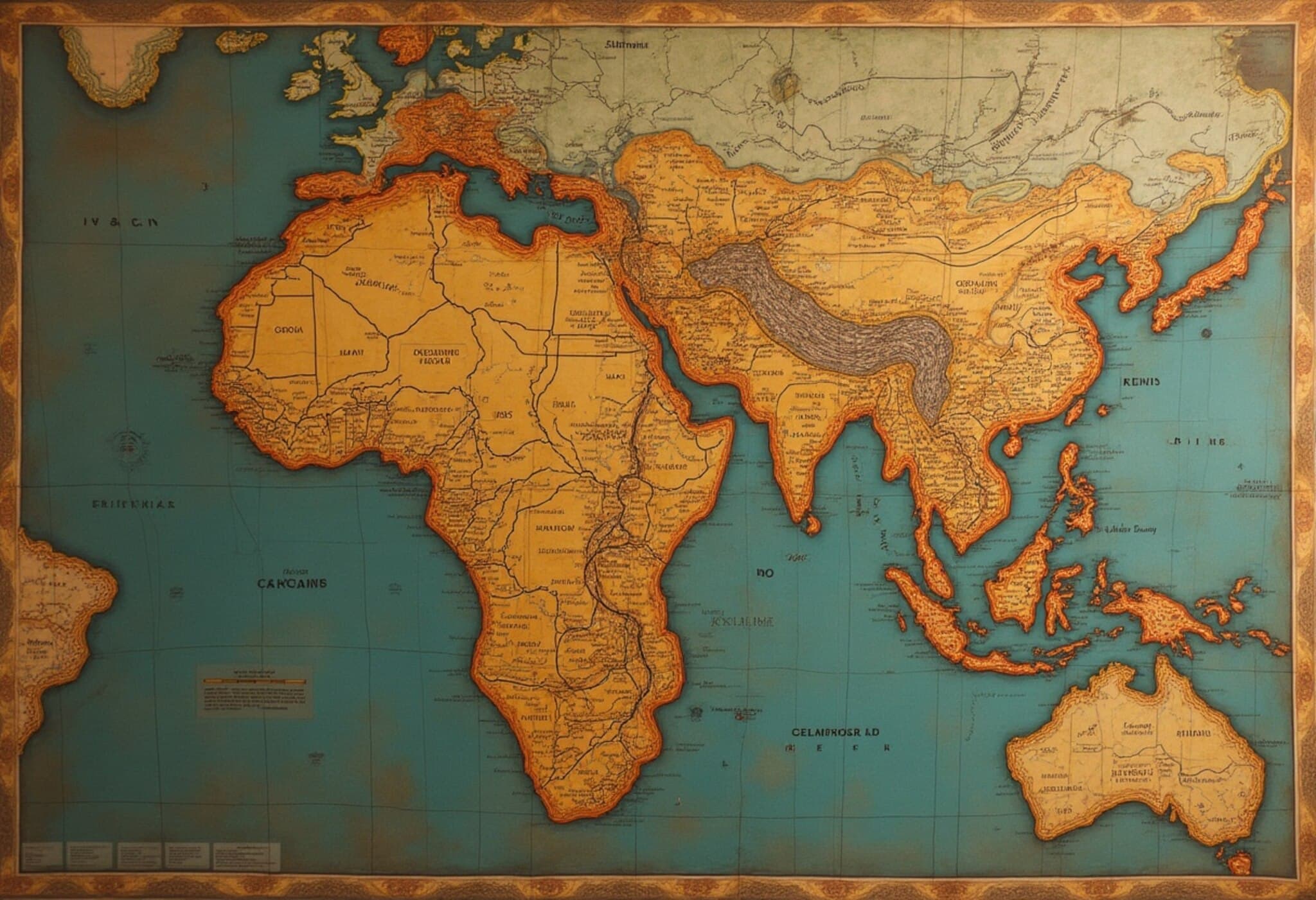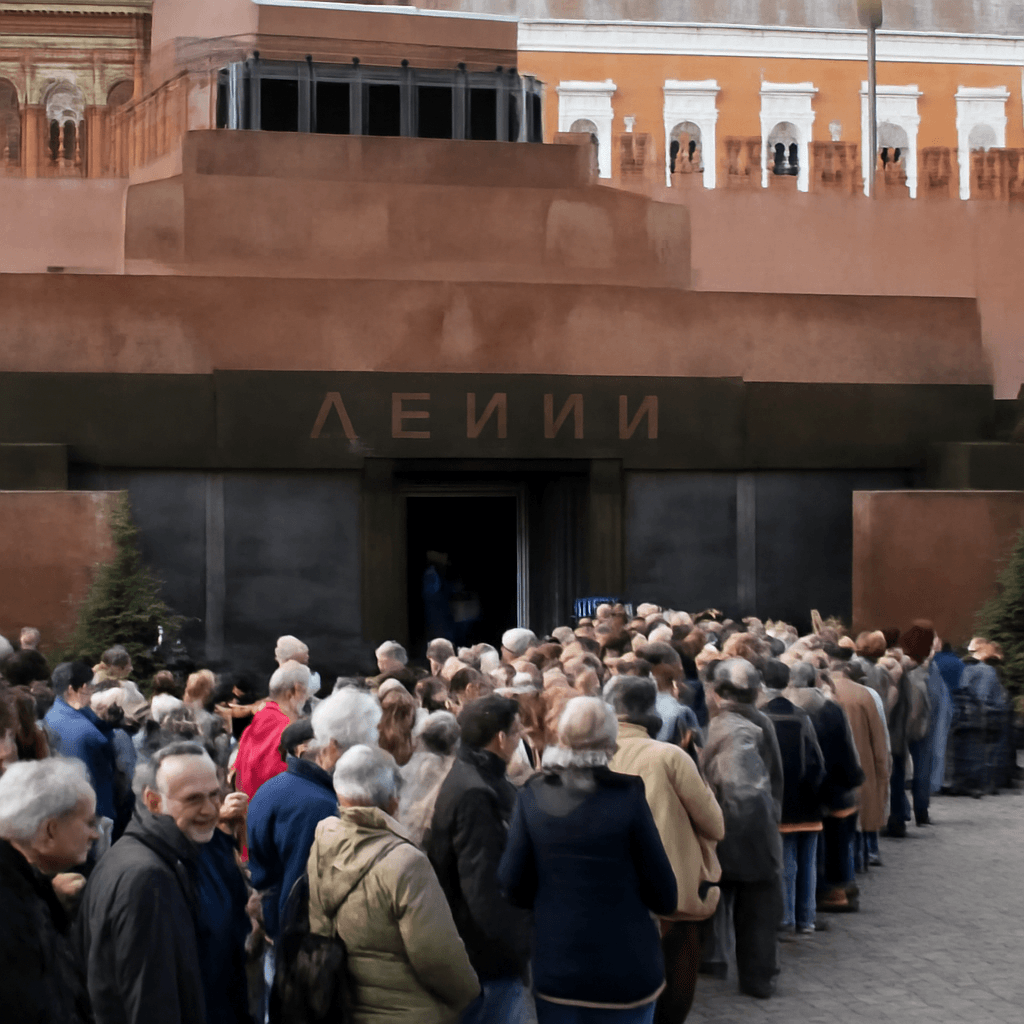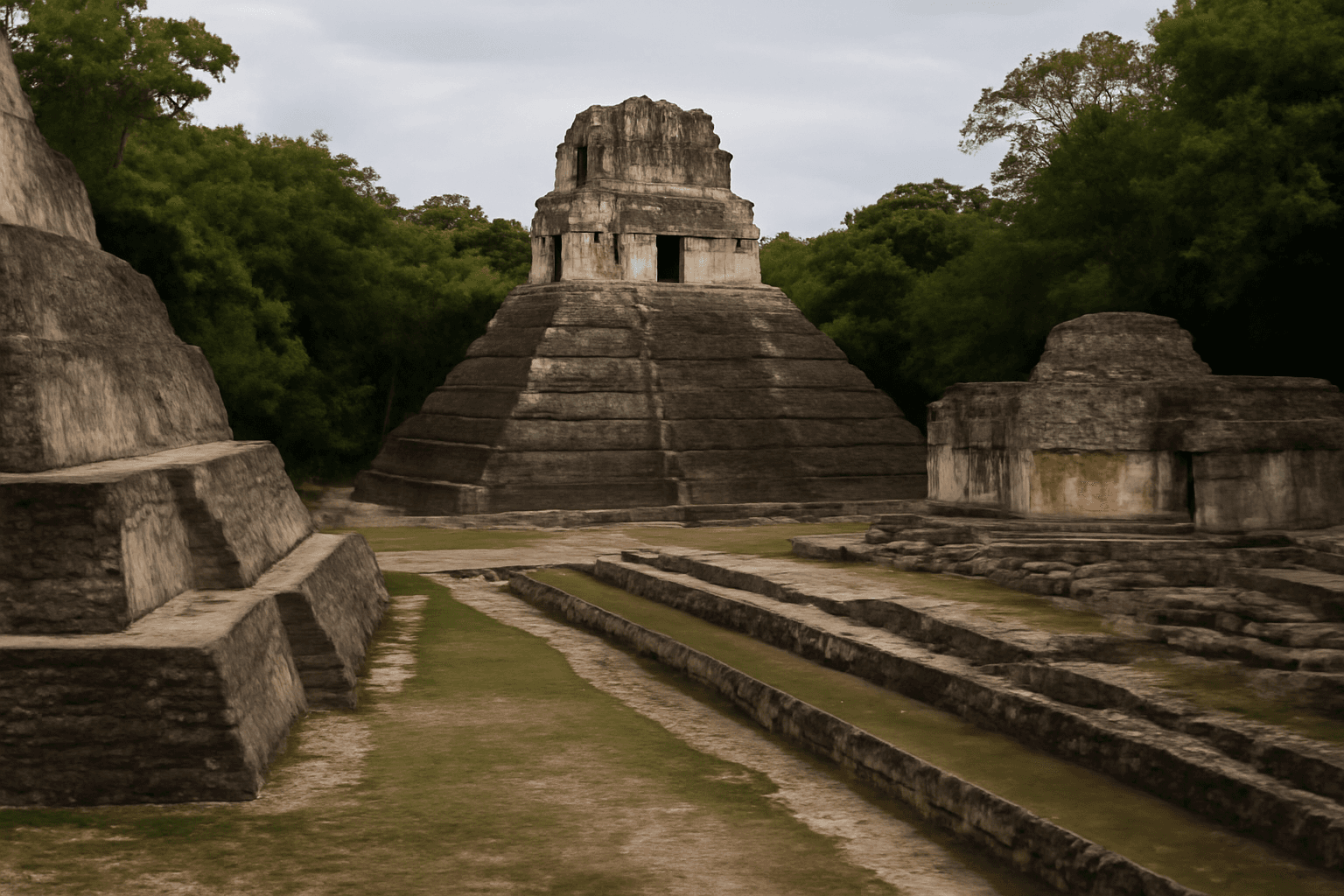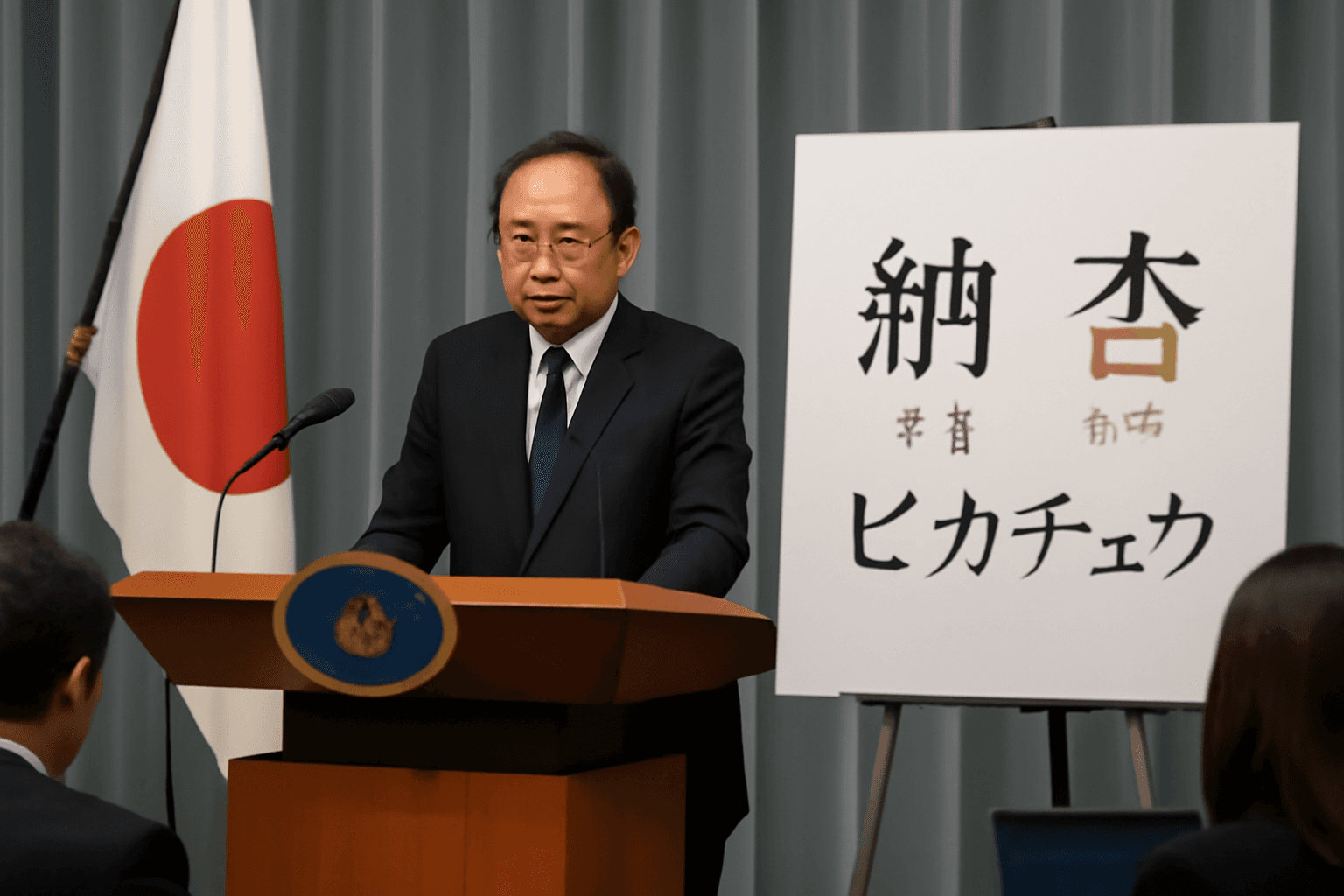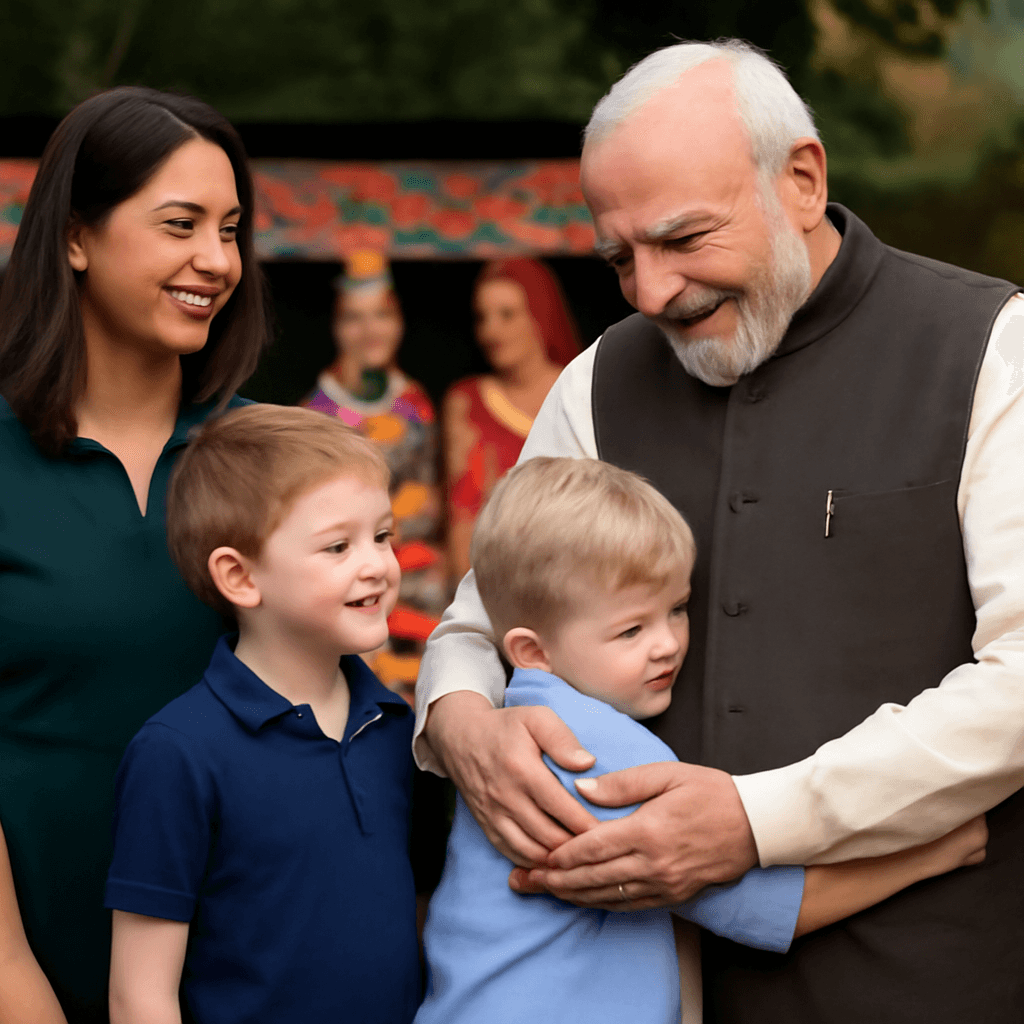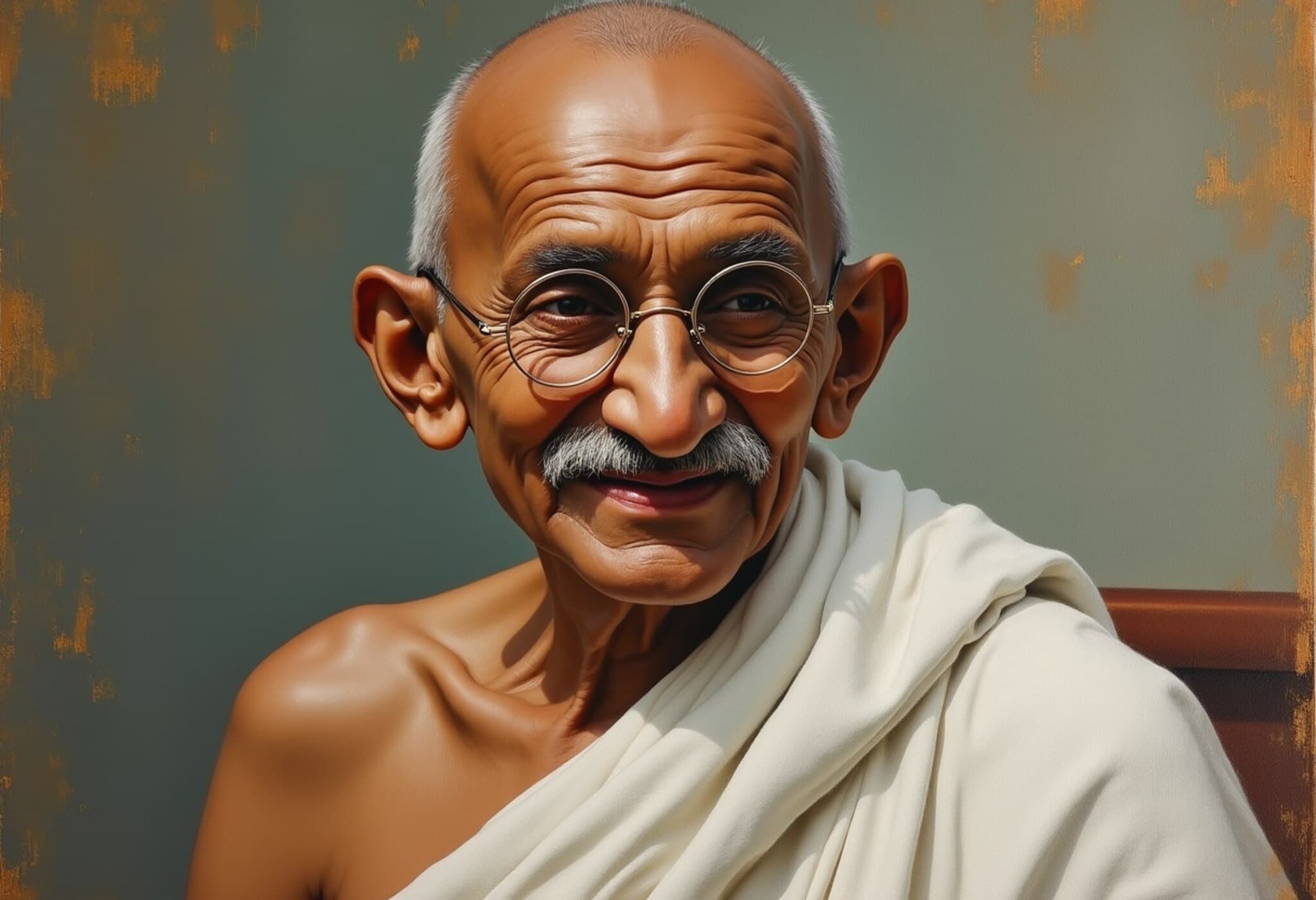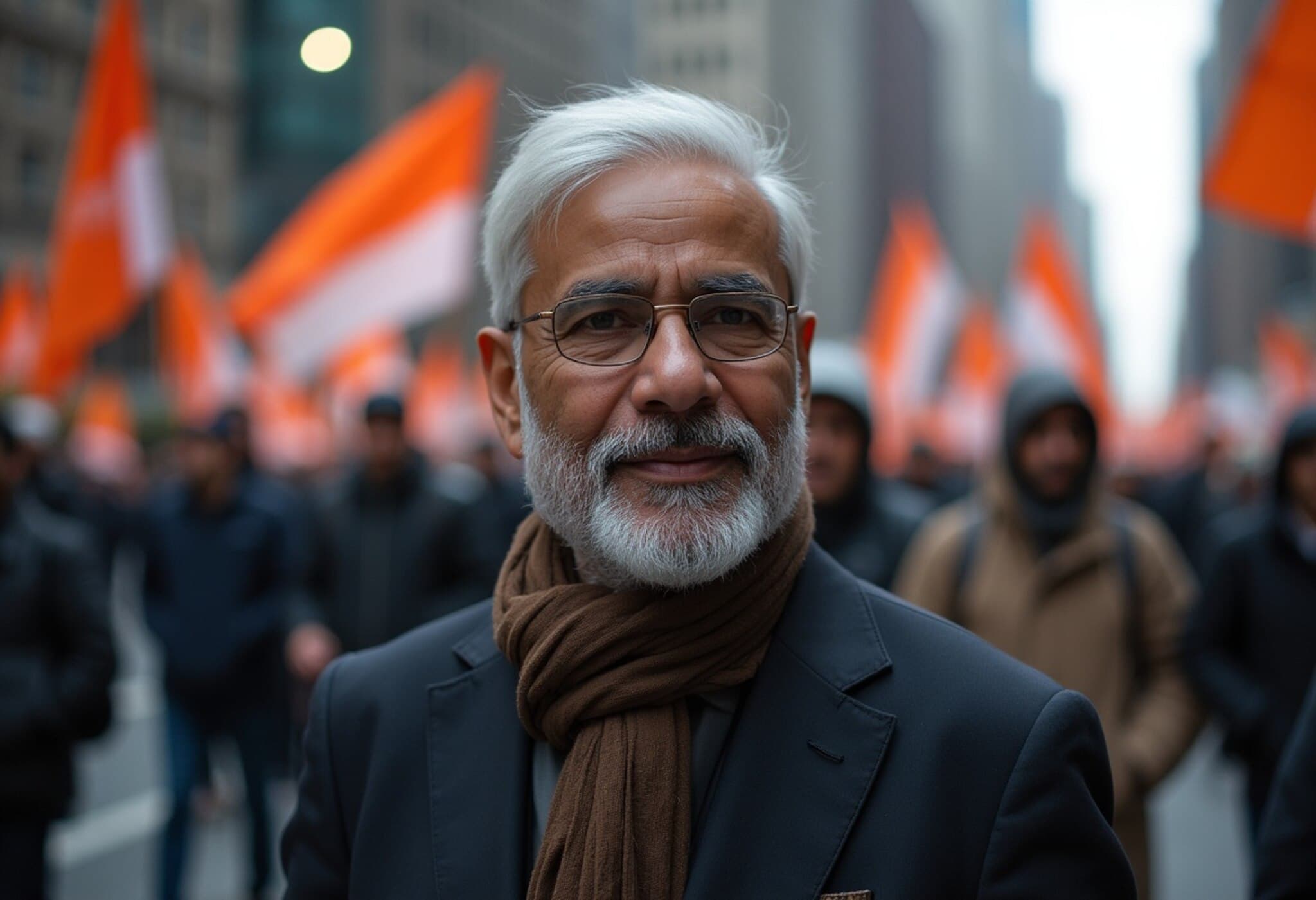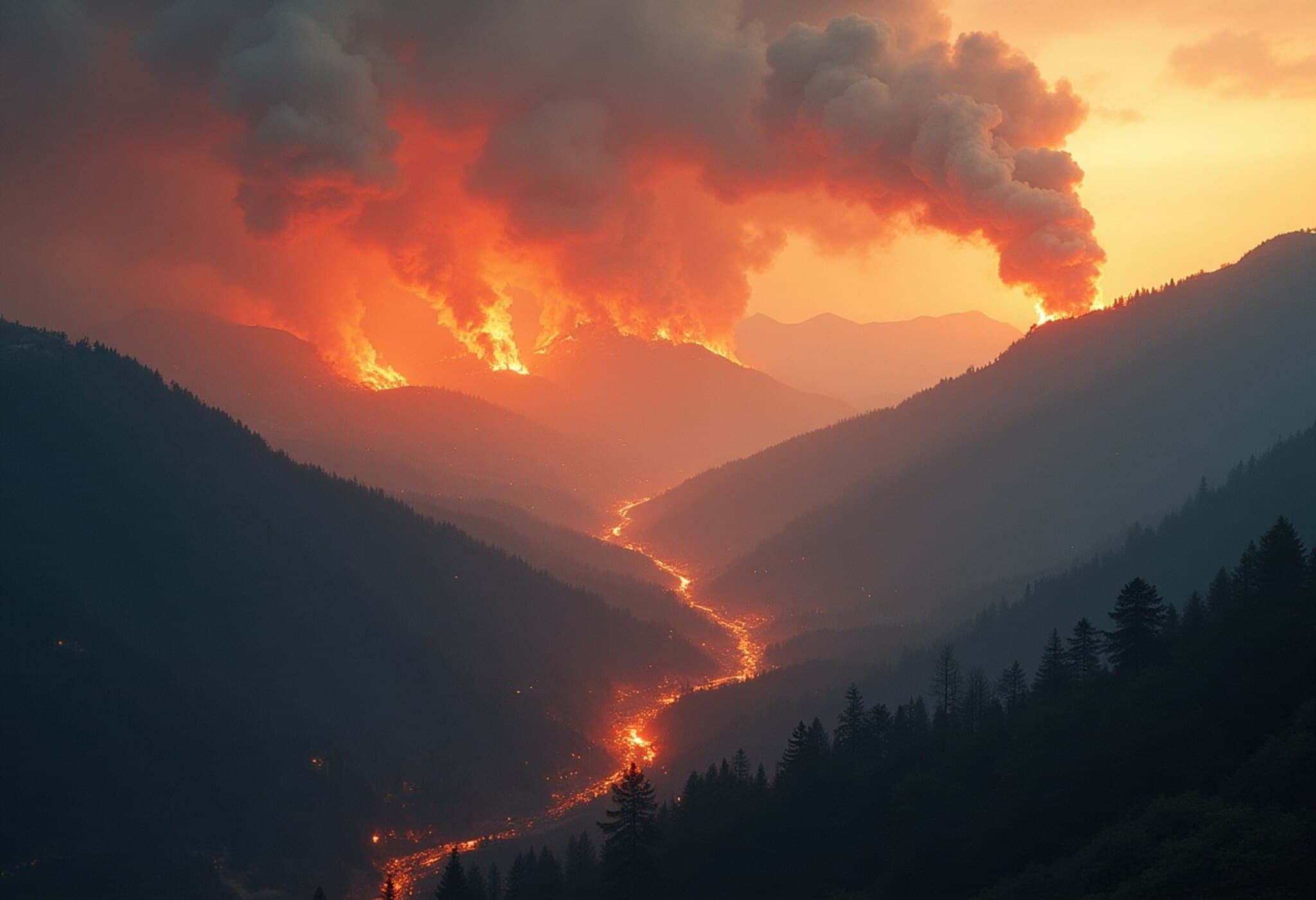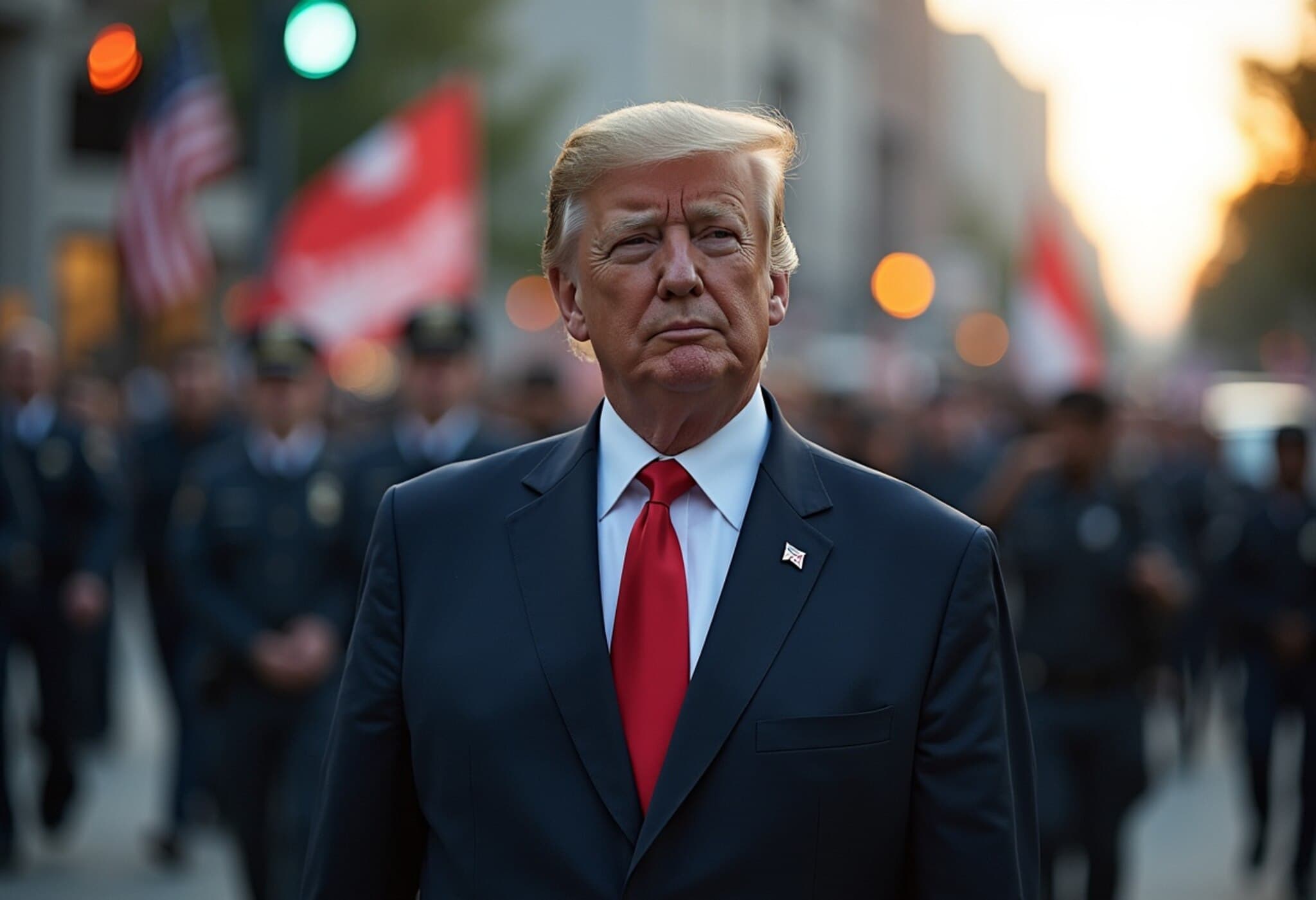India’s Ancient Connections: A Global Tapestry
Spanning 5,000 years, the history of the Indian subcontinent is not merely a tale of a single nation but a complex chronicle of migration, trade, and cultural exchange. Historian Audrey Truschke’s latest work explores this vast narrative, highlighting India’s enduring interactions with the wider world and its diverse peoples.
Tracing Back: Why 5,000 Years?
Truschke opens her monumental book, India: 5,000 Years of History on the Subcontinent, with the Indus Civilization dating back approximately 4,600 years, marking it as the starting point of recorded history in the region. Although the title rounds this figure for simplicity, the human story here stretches far beyond, to nearly 120,000 years ago, when the earliest Homo sapiens inhabited the subcontinent.
This framing reflects a commitment to evidence-based history, focusing on civilizations like the Indus for which substantial archaeological data exists, while acknowledging that many earlier chapters remain elusive.
The Indus Civilization: Beyond Political Narratives
In recent years, the Indus Civilization has become a topic of politicized debate, with varied groups seeking to claim it as their heritage. However, Truschke urges a tempered perspective, emphasizing that: definitive proof about the Indus people’s precise ethnic or linguistic identities remains scarce. While these ancient urban dwellers flourished in northwestern India, their connection to modern groups is uncertain. The historian cautions against projecting present-day political agendas onto this ancient past.
Who Were the First Indians?
The notion of “first Indians” refers to migrant groups that ultimately settled and shaped the subcontinent’s demographic mosaic. Around 65,000 years ago, a wave of migrants arriving from Africa established genetic lineages especially evident in South India today. These populations form the foundation of the Indian populace, marking them as the first successful settlers.
Amplifying Marginalized Voices
One of Truschke’s core contributions is her dedication to inclusivity in retelling India’s history. Traditional historical accounts often spotlight dominant, upper-caste males, but she incorporates a diverse range of perspectives, including:
- Women’s voices: For instance, poems from the Therigatha reveal Buddhist nuns’ spiritual journeys.
- Oppressed castes: Though writings authored directly by these groups are scarce in ancient times, Truschke includes dramatized representations and texts from later periods that critique Brahmanical orthodoxies and caste hierarchies.
This approach reveals a richer, nuanced history, acknowledging struggles and contributions often sidelined in mainstream narratives.
India’s Enduring Global Footprint
Throughout its history, India has been a hub of interconnectedness. The Indus Civilization engaged in trade with Mesopotamia and possibly Egypt. The Vedic peoples, migrants themselves, created foundational religious texts that originated outside the region.
India’s cultural exports were equally impactful. Buddhism’s spread across Asia, stories like the Panchatantra, and games such as chess and Parcheesi illustrate the subcontinent’s role as a cradle of global culture. The transmission of Sanskrit literary traditions to Southeast Asia further cements this legacy.
A Clear Stand Against Nationalist Historical Narratives
Truschke’s book firmly resists nationalist interpretations of history. She clarifies that “India” in her title refers to the broader subcontinent—not the modern nation-state established less than a century ago. This perspective embraces Bangladesh, Pakistan, and parts of Afghanistan as integral to the historical landscape.
She also confronts the complex history of Hindu nationalism — highlighting its European ideological roots, moments of extremist alignment, and periods of marginalization in Indian political life, providing essential context often omitted in contemporary discourse.
Conclusion: A History for All
By weaving migration stories, marginalized voices, and global ties into a sweeping history, Audrey Truschke opens a window onto India’s multifaceted past. Her work challenges us to understand a subcontinent shaped not in isolation but as part of a vast, interconnected human journey.

